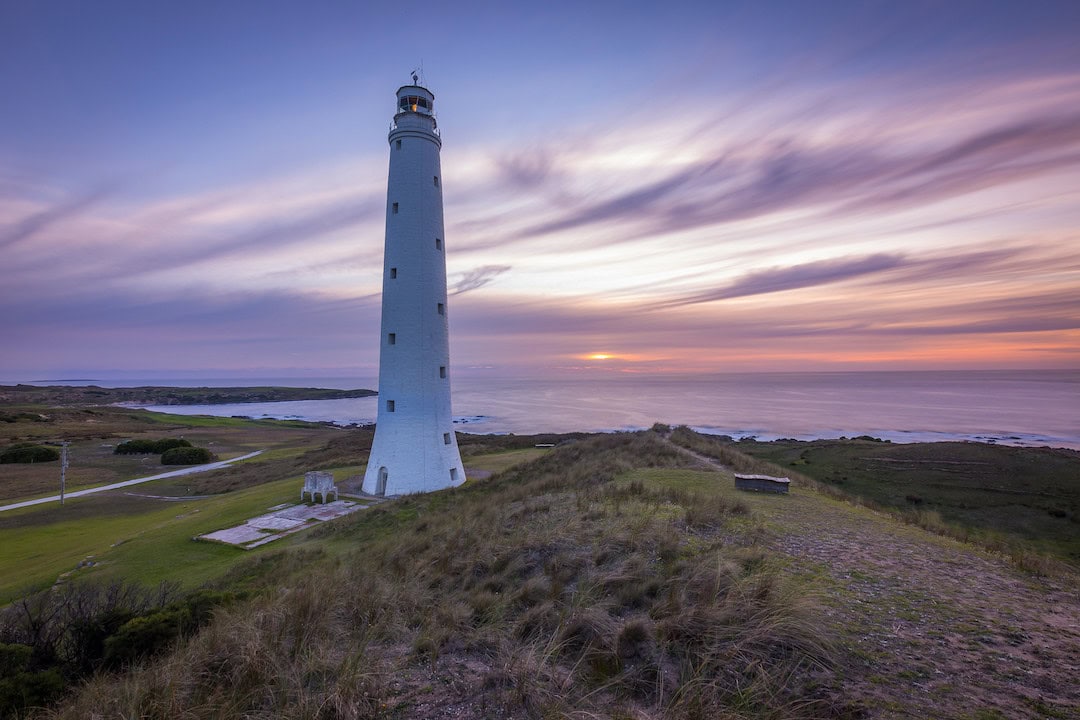From its shipwrecks to its soldiers, the history of King Island is rich and fascinating. We spoke to Luke Agati, president of the King Island Historical Society, to find out about the island’s fascinating past and how the King Island Museum endeavours to tell its story.
It’s easy to imagine that King Island has always been as it is today: bustling with industry and home to a thriving and welcoming close-knit community. But from the devastation of its shipwreck history to its significant involvement in World War I –not to mention its ancient history as former home to Australia’s only pygmy emu – this rugged, windswept island’s past is complex and unique.
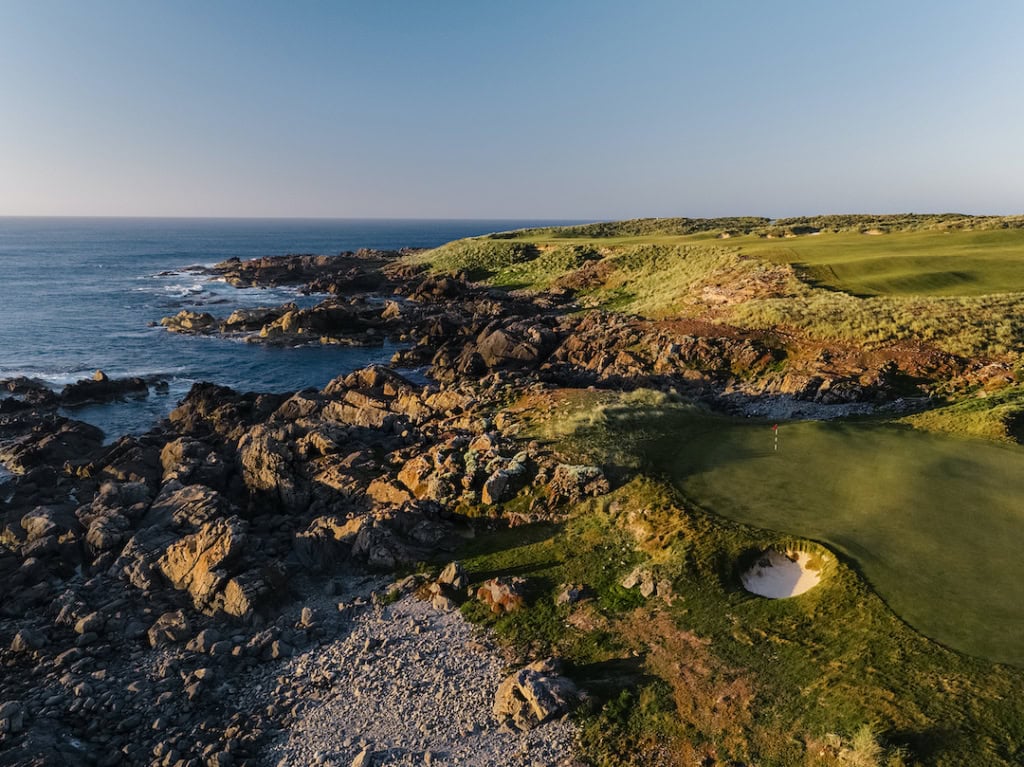
Shipwreck stories
There’s a dark and gripping history of wrecks off King Island’s shores. Close to 100 ships have foundered here, claiming a total of more than 1000 lives.
The most significant was undoubtedly the Cataraqui wreck of 1845. “It was a ship from England, bound for Melbourne as part of what they called the ‘bounty scheme’, where passengers were given free passage to Australia,” Luke explains. “It was supposed to be the last vessel to accept the bounty scheme. Unfortunately, coming into the Southern Ocean during winter, the gales, incessant rain and navigation was just almost impossible for the captain. Lo and behold, the vessel slammed straight into the middle of King Island, just south of Currie, and almost 400 people lost their lives.” Tragically, half of those passengers were children under 14.
“It remains Australia’s worst shipwreck disaster in history. King Island today still has a lot of respect for the ship and the site. We still talk about it and we have commemorations. In 1995 there was a commemoration 150 years after the disaster, and we’re currently putting together a plan and program to get as many people together as possible to commemorate the 175th anniversary of the tragedy in August 2020.”
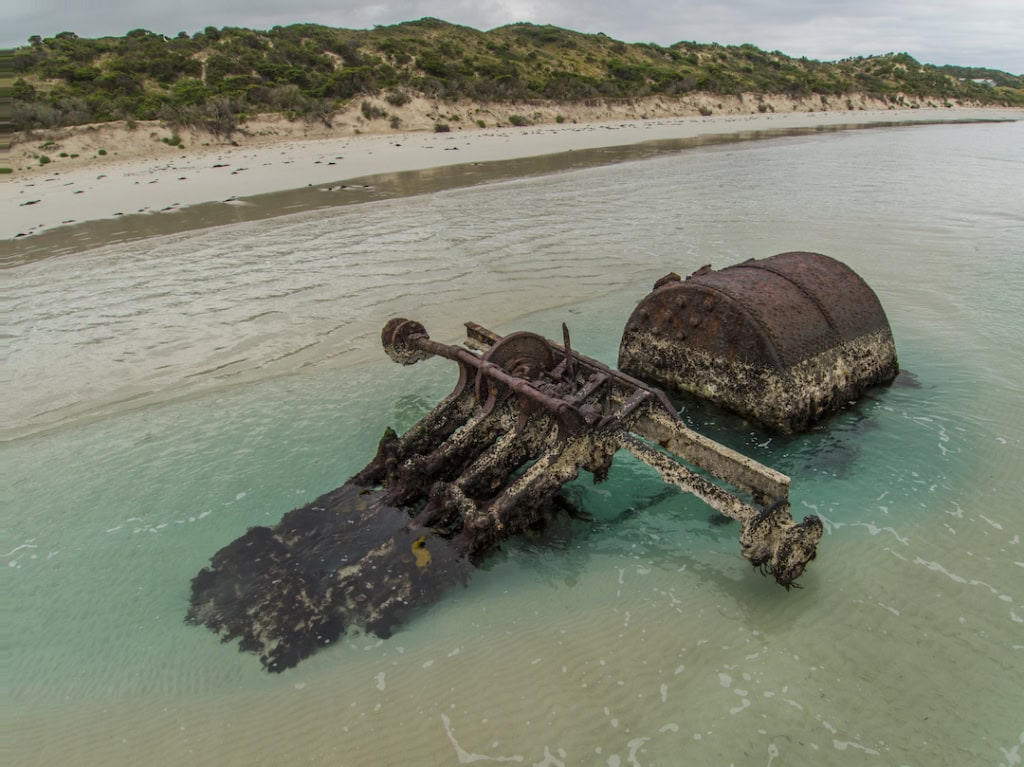
Luke explains that the high number of wrecks was caused by the treacherous nature of the sea at the western edge of Bass Strait, between Cape Otway on the Victorian south coast and Cape Whickham on the northern tip of King Island. “Captains and seafarers used to call it ‘the Eye of the Needle’, and if you didn’t go through that eye perfectly, you were slammed into King Island.” In fact, following the Cataraqui disaster, talks began to erect a lighthouse in the island’s north. Thanks to the poor communications and out-of-date maps of the day, however, once it was installed in 1861 Cape Whickham Lighthouse initially made things worse. “A lot of seafarers coming into Bass Strait from Europe mistook Cape Whickham for Victoria’s Cape Otway, so they sailed further south and went straight into King Island. We had an extra 17 shipwrecks in a matter of 10 years, and a lot more loss of life.”
Not every ship was doomed, however. An astounding survival story is the Netherby wreck of 1866. The vessel, this time carrying immigrants headed for Queensland, hit the coast two kilometres south of Currie. The ship was carrying approximately 500 people and, remarkably, everyone aboard made it safely to shore. There was in fact a birth among the passengers, one day after everybody managed to land. “In 2016 we had the 150th commemoration of the wreck of the Netherby. Most of the descendants from these passengers, who did eventually migrate to Queensland following the wreck, came down to King Island to pay their respects and to commemorate their ancestors on the very shores where this took place.”
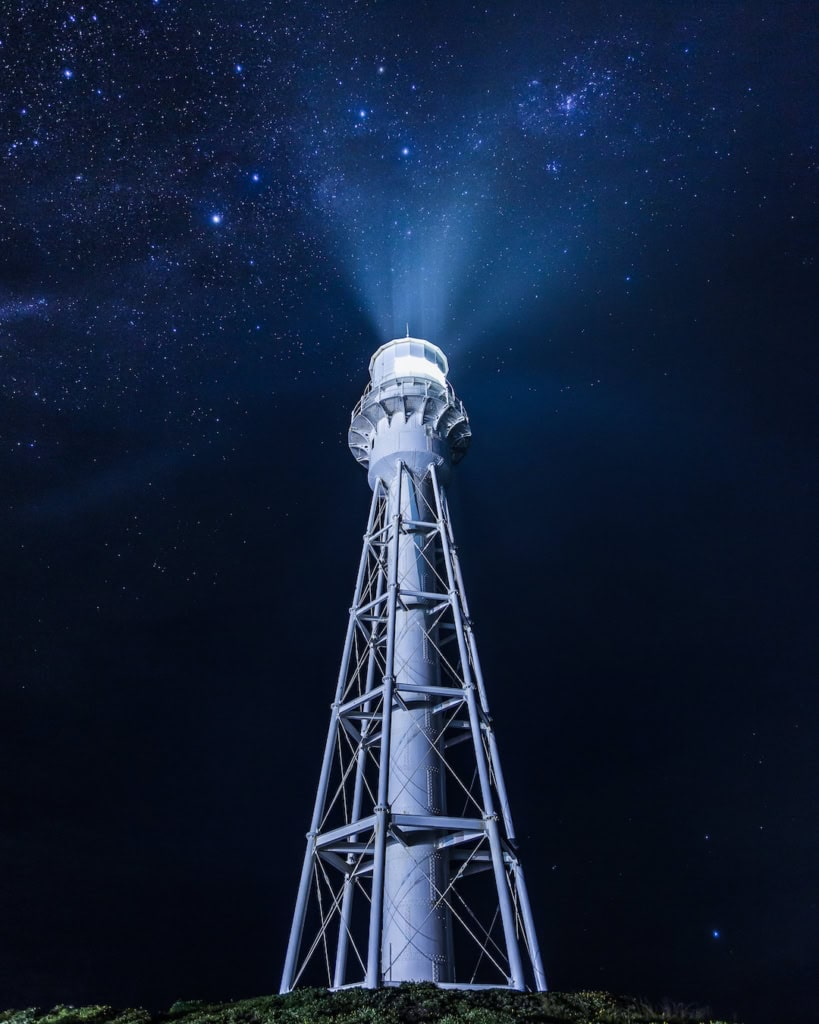
Artefacts and exhibitions
A second lighthouse was built in Currie in 1879, after another major wreck, the British Admiral, not far from the township. This second lighthouse put a significant stop to maritime disasters.
Today, the former lighthouse keeper’s residence is proud home to the King Island Historical Society Museum, and setting aside at least a half day to peruse its collection is a must for any visiting history enthusiast. The museum houses three shipwreck rooms, as well as fascinating exhibitions about the island’s lighthouses and early settlement, life on the island from the early 1880s, an agricultural room filled with artefacts from those first days, an impressive collection of minerals from around the island, a natural history exhibit starring the King Island pygmy emu, and exhibits honouring the King Island ANZACs.
The greatest support for the museum comes, of course, from KI locals. For many, after all, its records detail the lives of their ancestors. “We constantly get donations from family members, that have been passed on by loved ones for generations,” says Luke. “In that respect, the museum holds a lot of precious artefacts that belong to the people. Of course everything from the museum belongs to the people completely, and anything that’s been donated is still held dearly by the people. The museum is – how would you say? – it’s one of the most precious pieces of the island. It belongs to them, and they know it belongs to them. And they rally around to support it in any way they can.”
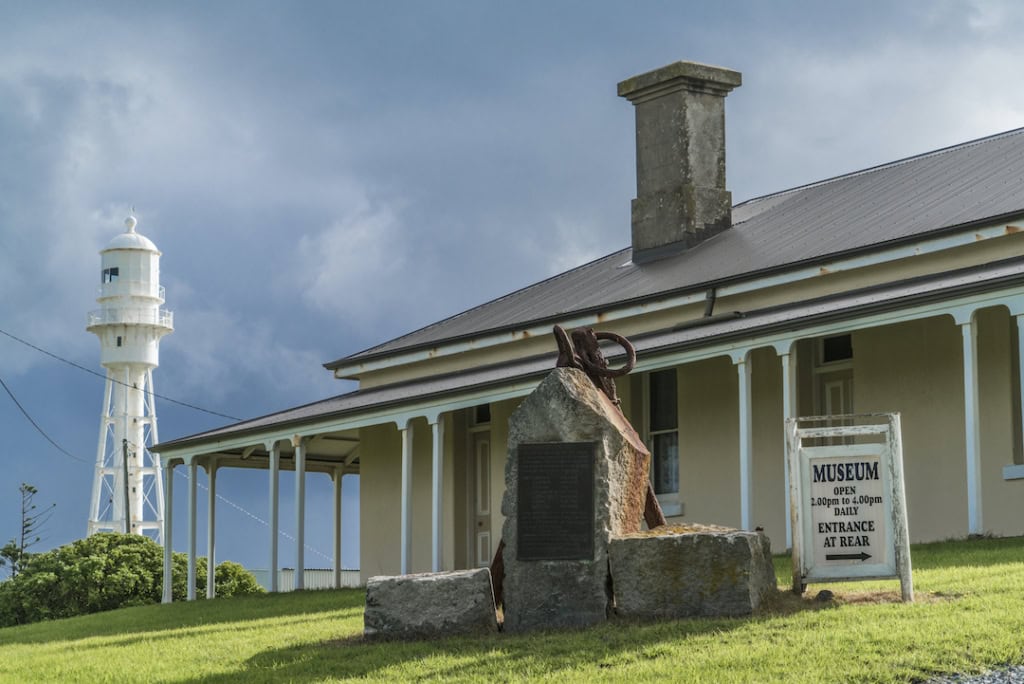
Honouring the ANZACs
When museum staff located a box of undeveloped glass-plate negatives portraying World War I diggers, Luke was thrilled to jumpstart a project to develop, restore and investigate the images. They made an appearance for the first time during an exhibition to mark the centenary of the ANZACs in 2015.
“I thought these guys deserved to be remembered, especially because King Island sent the most men per capita of anywhere in the British empire,” says Luke. “I looked into it a bit further, and there’s a lot of things that have been forgotten over the century since the Armistice; major historical events that occurred on the island have been forgotten.” Most significant was the discovery of an extra 36 names that had never been added to the honour roll and King Island’s history.
Following four years of research, and with thanks to the memories of the KI community, many of whom remember stories of their grandparents and great-grandparents who fought, Luke and the Historical Society have pieced together a three-part book series on the history of King Island during World War I. Part three, Letters to the Boys, includes two war diaries, letters home from the men fighting in Gallipoli and on the Western Front, and local war-time literature, and will be published this July to coincide with the 100th anniversary of the signing of the Treaty of Versailles.
For ANZAC Day 2019, Luke enthusiastically reveals his plans to donate a new Tassie blackwood board to match the existing honour roll – but which will include the extra 36 names that have been missing from that honour roll for the past 100 years.
Fascinated by the history of King Island? To read about the best places to eat and drink on King Island, click here.
Rex flies to King Island! Head to their website for more details, or check out the route map below.

